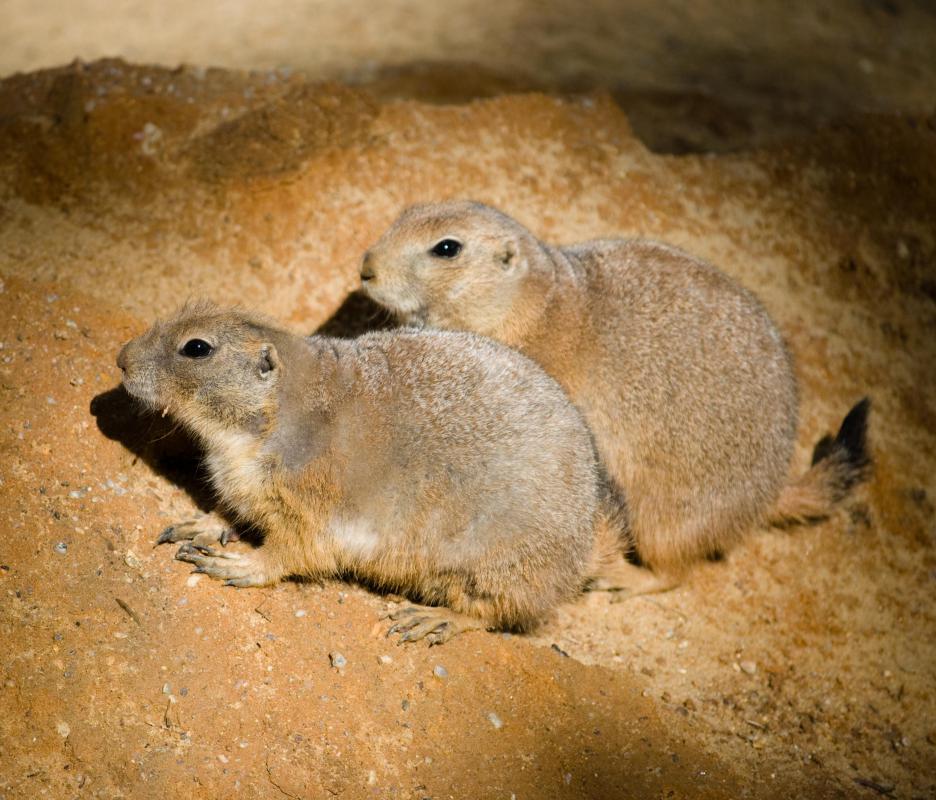At WiseGEEK, we're committed to delivering accurate, trustworthy information. Our expert-authored content is rigorously fact-checked and sourced from credible authorities. Discover how we uphold the highest standards in providing you with reliable knowledge.
What Is Alsike Clover?
Alsike clover, also known as trifolium hybridum, is a perennial plant originally from the Alsike parish in Sweden, and was first used in North America in the 1830s. It is a two to four foot (60.96 to 121.92 cm) tall plant with a stem and leaves that are smooth in texture. Five-petaled pink and white flowers up to three-quarters of an inch (1.91 cm) across grow on the plant. The legume is used to feed cattle and make hay throughout the United States, although it can be toxic to horses in large quantities. Widely used on pastures, it can grow in abandoned fields, near woodlands, and alongside roads.
Tolerant of moist soil in low-lying areas, alsike clover is able to survive in floods that can last for weeks at a time as well as in soil with high acidity. It will only live in soils that are consistently moist, not those that flood all at once and then dry up completely. The plant also does not fair well in environments where there is high salinity. Where it does grow, alsike clover will continue to do so throughout the growing season. Its roots branch out deep into the soil, and parts of the roots can survive frost and sprout new plants in the spring.

Cattle will readily eat alsike clover, and it is often used on pastures. The plant is not as useful in its younger development as it is later on, and regulating its dominance over other types of vegetation can be difficult. Using it in the fall does not impact plant harvesting later on because this practice won’t damage the roots or the plant’s capacity to endure winter conditions.

Alsike clover is also used to produce hay. Harvesting can be done in conjunction with other grasses and is often beneficial because they tend to hold up the clover. It is often used to create hay bails in moist regions in Montana, United States. The fact that flowers grow along the entire plant, with the youngest at the top, is also beneficial for both hay and seed production.

Although it exhibits weed-like growth properties, alsike clover is a legume and a member of the pea family. It is valuable for pasture operations and is also a source of food for many kinds of animals, such as groundhogs, and rabbits, and livestock. Various parts of the plant are eaten by chickens, turkeys, and birds, and the pollen is collected by honeybees.
AS FEATURED ON:
AS FEATURED ON:













Discuss this Article
Post your comments